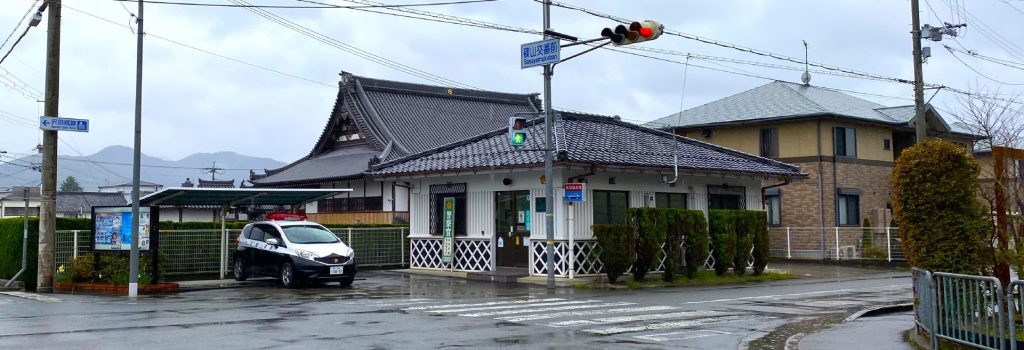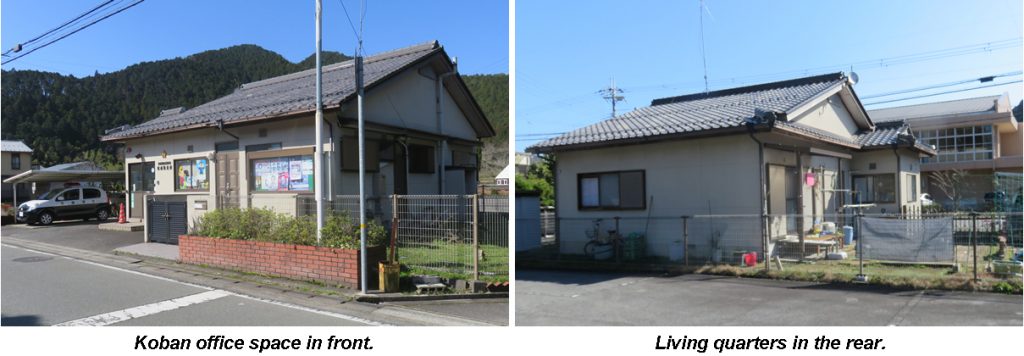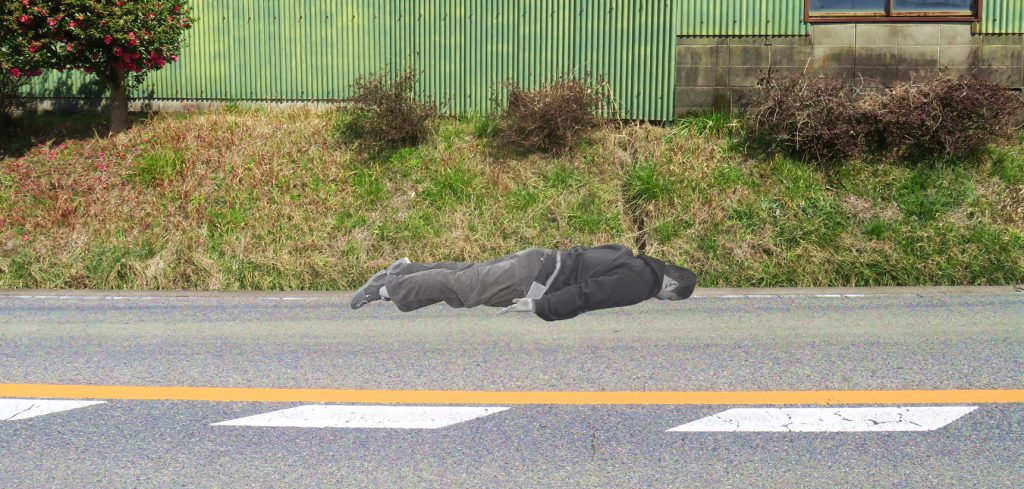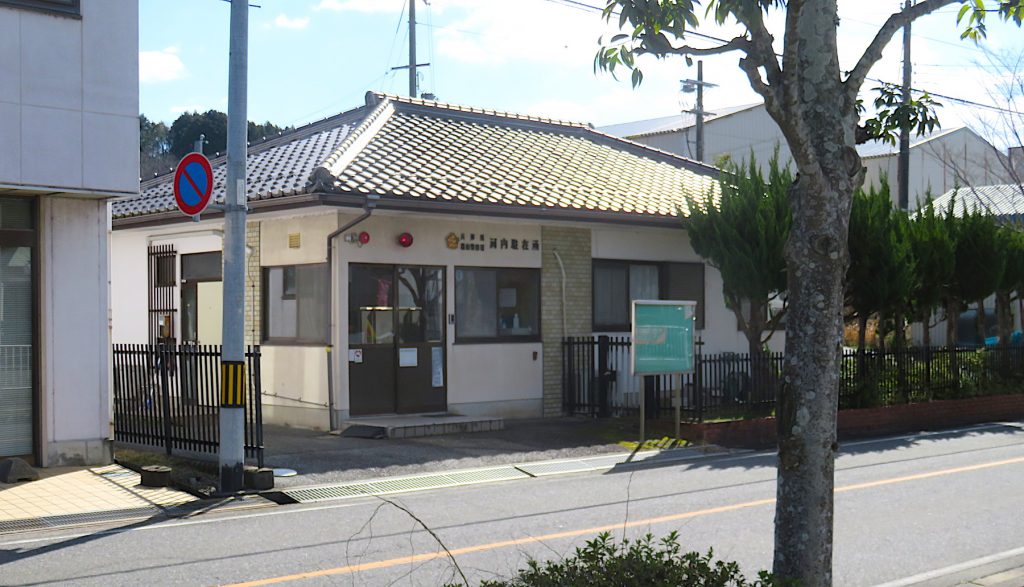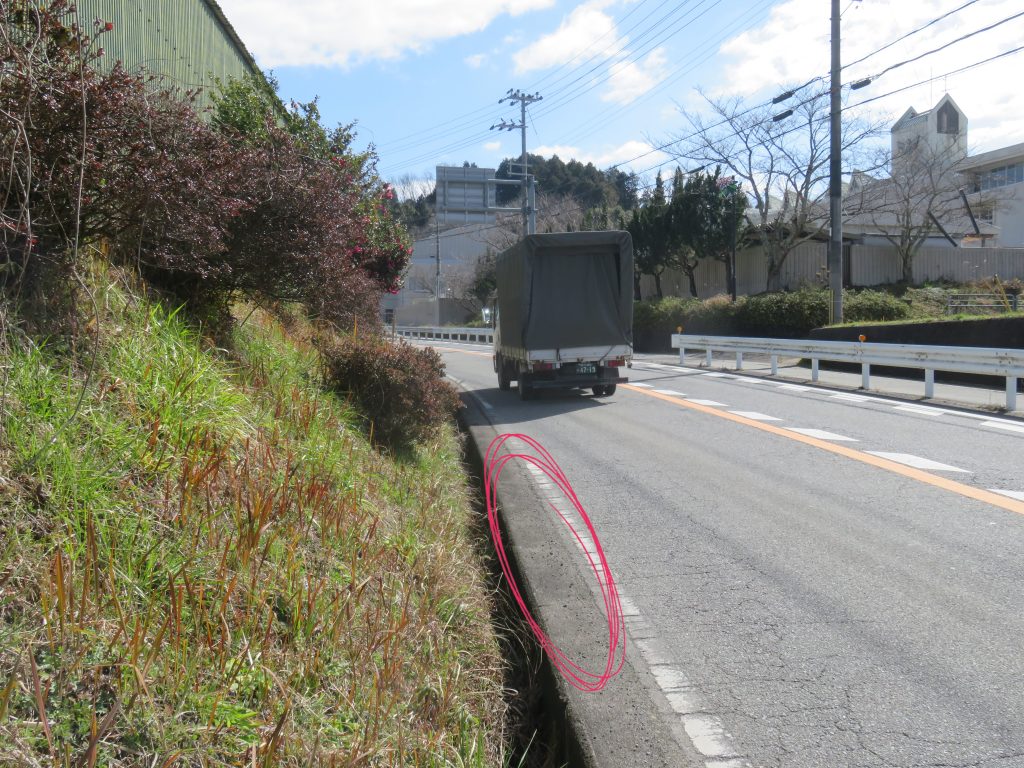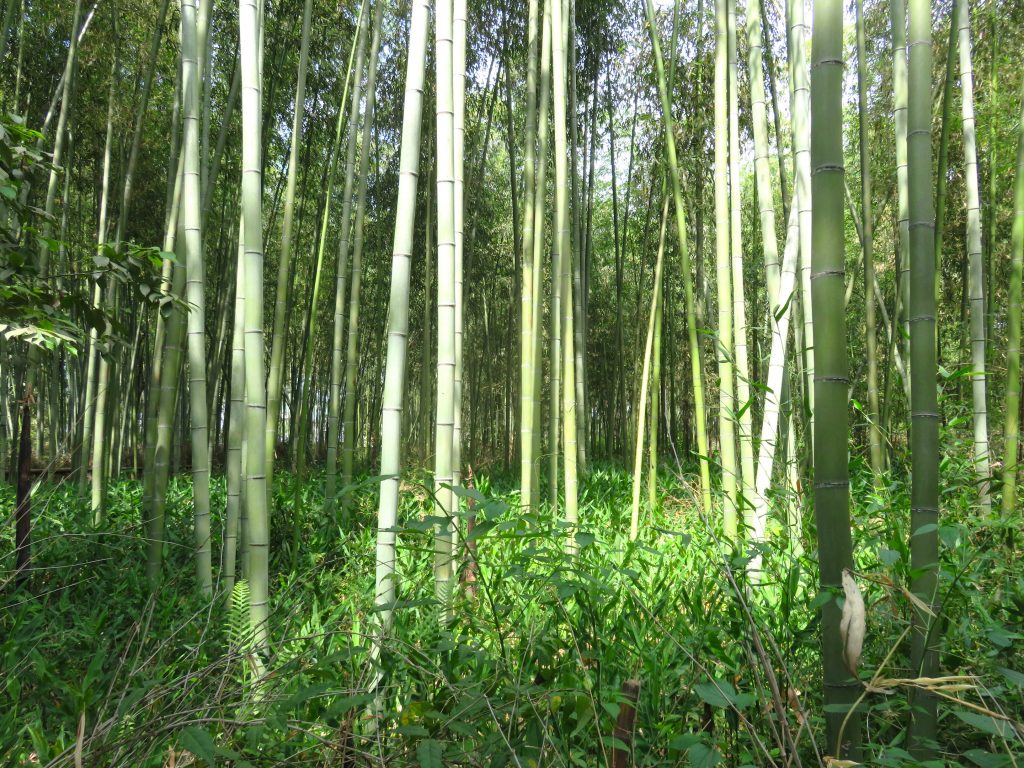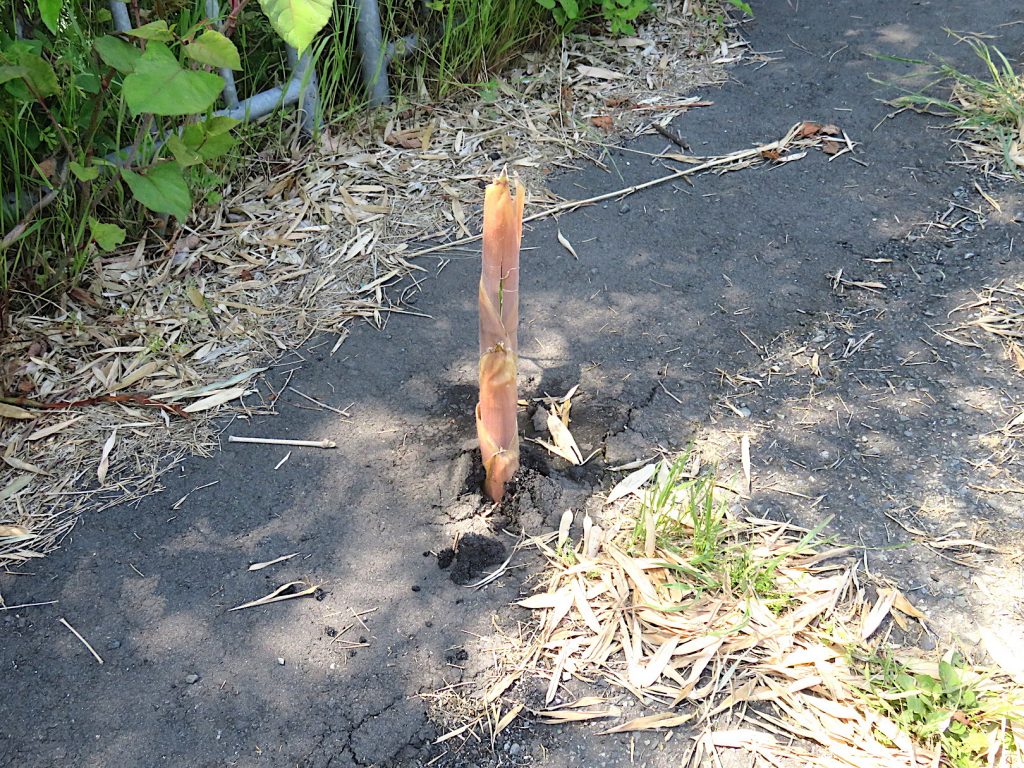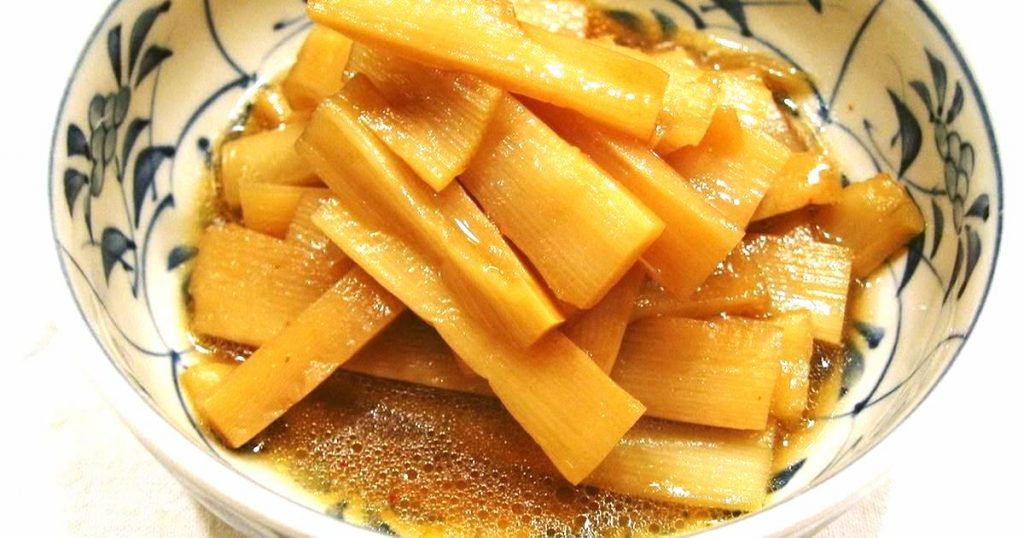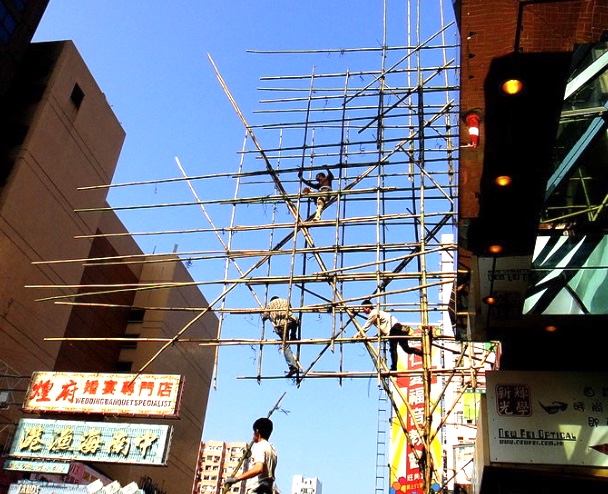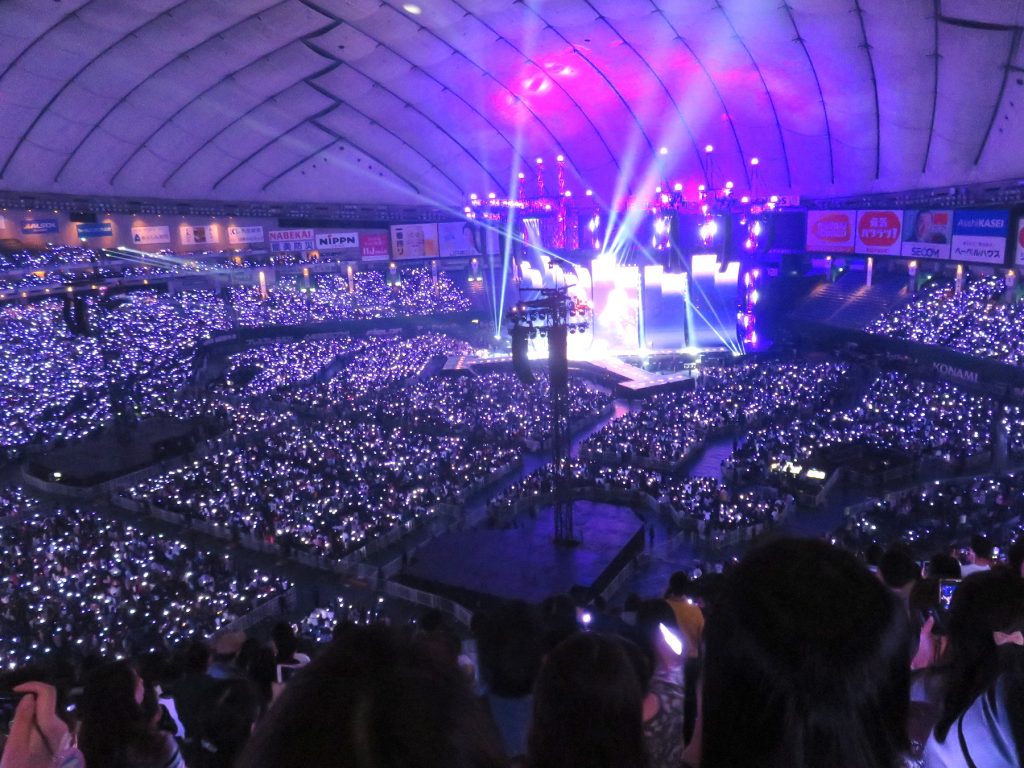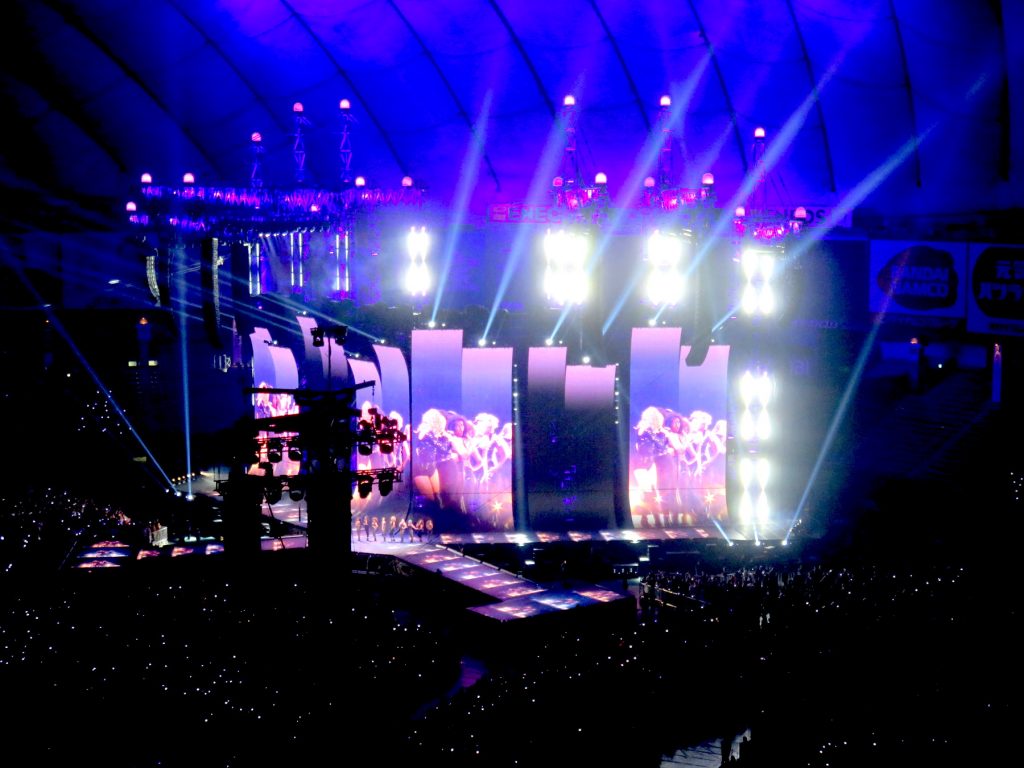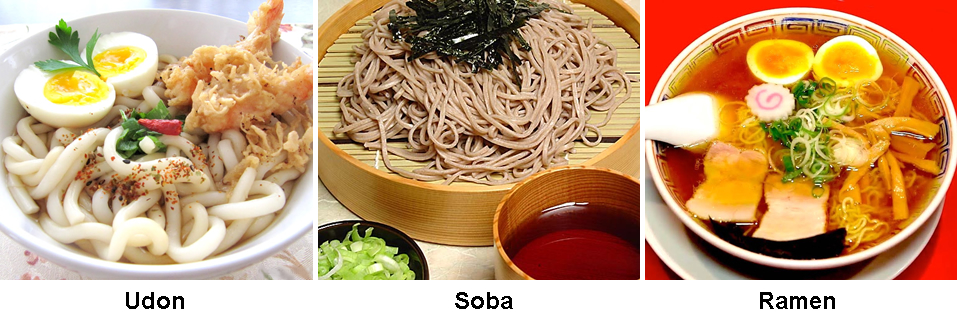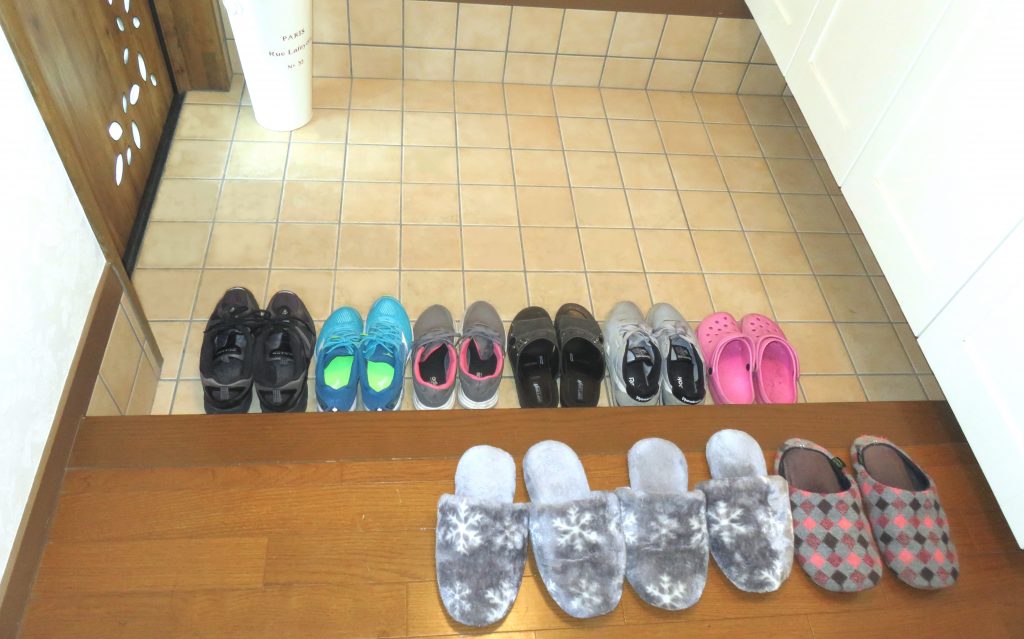
Japanese DO NOT wear their shoes inside their homes.
I can’t begin to tell you how difficult this was for me to understand and adjust to when I initially arrived.
Frankly, at first I thought the whole country was OCD, in the throes of some obsessive clean disorder, or perhaps all cult foot fetishists.
This led to some moments of intense embarrassment. I would tromp into someone’s house in my loafers and as politely as they could manage, be greeted with a look of total horror! No one wanted to offend me but I might as well be dumping a bucket of monkey entrails onto their floor. Their reaction was entirely reflexive. My reaction was oafish: “Uh, sorry about that.” I definitely didn’t get what a hygienic faux pas I had just committed . . . at least for a while.
Growing up in different cultures, we are each conditioned in different ways. I had never thought about it. Shoes were shoes. They go on the feet and they go where the feet go.
Then I did start to think about it.
Most homes in the U.S. are carpeted, at least the living and sleeping areas are. Recognizing that dust, dirt, hair, skin, pet fur, drool, eyelashes, belly button lint — whatever — tends to drop and accumulate, we regularly vacuum. Then once a year, every other year, or when it finally dawns on us “it’s time”, we either rent a carpet shampooing machine or we hire a professional carpet expert to give our floors a thorough wash.
But . . .
Have you ever looked at the wash/rinse water in the tank of a carpet shampooing machine after the job is done? It’s unbelievable! Disgusting! Horrible! Scary!
You see, regular vacuuming just gets the surface. And all sorts of truly ugly abominations, particles, chips, flakes, and strands sink into the nap and settle at the bottom in the woven base. Now, think about it. We Americans lay on the carpet, rest our hands on the carpet, let the baby crawl on the carpet, maybe even make love on the carpet, fractions of an inch from all sorts of unimaginable filth.
How does all this debris accumulate? Some comes from us and our pets, or from our own bodies. But a lot is brought in on the soles of our shoes. All day we walk around on dirty surfaces, streets, sidewalks, where dogs have pooped, cars have driven, people have spit, worms have crawled, birds have deposited droppings — I could go on but you get the picture — then track all this into our beautiful American homes. Not very smart if you think about it, eh?
Maybe the Japanese are onto something!
Back to my awakening. When I refer to my initial cluelessness about wearing shoes inside, I’m talking about only my first few months here. Rather quickly, I changed my habits, in the process turning my thinking around a full 180º about shoes and cleanliness. Now I’m fully rehabilitated from my Western ways, wondering why I never questioned them before.
No, Japanese are not pathologically obsessed with cleanliness — well . . . maybe a little — but merely prudent and protective of the sanctity and hygiene of their homes.
By the way: Notice the slippers in the photo at the beginning of this article. Every Japanese household provides slippers for their guests to wear after they’ve removed their shoes. For me personally the only problem is, most standard slippers are much too small and quite uncomfortable for me to try to squeeze into. But I do appreciate the gesture. Nice touch!
I’m sitting here in my living room writing this. I’m in my stocking feet. Those are my black sneakers in the photo of our foyer. I wouldn’t have it any other way.
[ This originated at the author's personal website . . . https://jdrachel.com ]
Life In Japan: Shoes!
